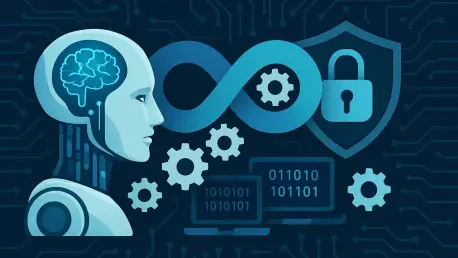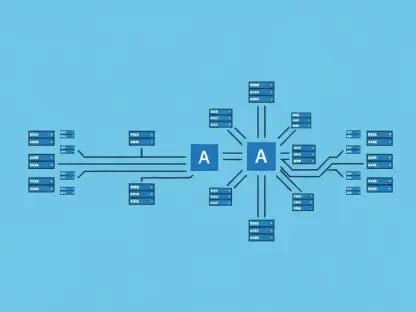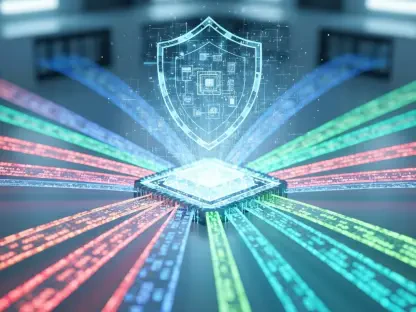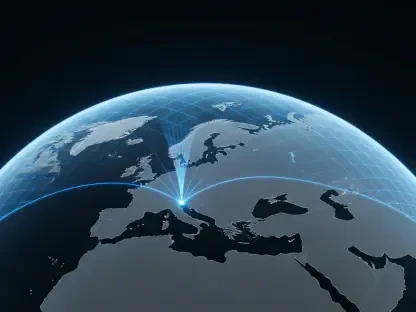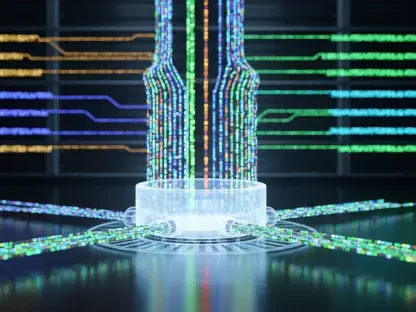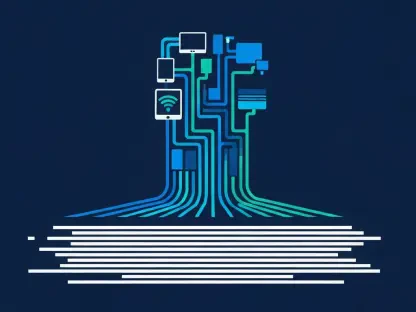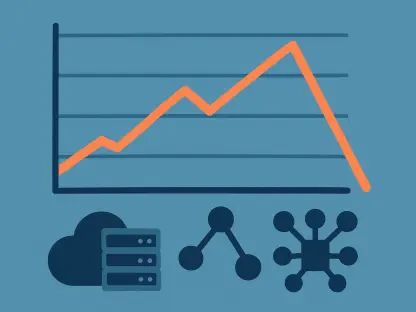In today’s rapidly advancing technological landscape, artificial intelligence (AI) is reshaping development and operations workflows in unprecedented ways. As AI systems become increasingly capable of performing tasks traditionally managed by humans, integrating these capabilities seamlessly within existing infrastructures becomes crucial. Among the emergent solutions enhancing security and efficiency is the Model Context Protocol (MCP), a framework designed to enable precise interactions between AI models and system components. GitGuardian, a leader in non-human identity security, leverages this protocol through their AI-driven MCP Server, pioneering a transformation in the way developers approach security within their environments. This shift highlights the growing need for robust security mechanisms in DevOps workflows where sensitive data like passwords and API keys require meticulous management.
AI Integration in DevOps: A New Frontier
Enhancing Secrets Management
The integration of AI services into DevOps has radically shifted the paradigm of secrets management by introducing innovative, proactive security measures. GitGuardian has spearheaded this transformation with its MCP server, aiming to embed security directly into the development pipeline. This allows developers to detect and mitigate security threats as code is written, effectively closing the gap between threat identification and resolution. Within the complex web of modern applications, safeguarding credentials such as encryption keys and authentication tokens has become an essential priority. These elements form the backbone of application security, providing critical access to resources and services across varying operational layers.
GitGuardian’s approach empowers developers with the tools necessary to secure their workflows without losing developmental momentum. By integrating AI-driven solutions, the MCP server introduces automatic scanning capabilities during the coding process, identifying hardcoded secrets that pose risks. Additionally, the innovative “honeytoken” feature sets small, strategic traps within code or datasets to monitor for unauthorized access attempts, providing valuable insights into potential attack vectors. This dual capability of scanning and honeytoken deployment enhances both preventive and responsive security actions, ensuring threats are addressed promptly and effectively before escalating.
Early Breach Detection
The transition from reactive to proactive security exemplifies the evolving mindset within DevOps environments. GitGuardian’s MCP Server has streamlined the security feedback loop, reducing the time from code commitment to threat alert and resolution. By accelerating response times and augmenting security efficiency, this approach reflects broader industry trends favoring real-time security integration. As AI continues to weave deeper into development processes, developers can count on continual vigilance against threats, significantly minimizing the impact of external security tools and delayed alerts.
In the control center created by GitGuardian’s MCP server, AI agents undertake critical tasks autonomously while ensuring security measures are enforced in context and responsibly. Designed with inherent read-only permissions, the server minimizes security risks while amplifying its utility. Its scanning capabilities extend to pre-release files, identifying possible vulnerabilities and enhancing breach detection protocols through honeytokens. These mechanisms facilitate early detection by analyzing attack signatures, thereby allowing developers to counter threats at an early stage effectively. This elevated approach to security fosters an environment where proactive measures are universally accessible, redefining the concept of integrated security within contemporary DevOps practices.
Humanizing Security Protocols: The Dynamic Interaction
Synchronizing Development and Security
The integration of AI-driven security measures in developer workflows represents a paradigm shift toward centralizing identity security in development practices. GitGuardian’s initiative bridges traditional silos, permitting a dynamic interaction between human developers and automated security solutions. This collaborative environment diminishes the need for context switching between disparate tools, creating a seamless security landscape that resonates with developers’ rapid workflows and reduces incident ownership ambiguity. AI capabilities foster secure, synchronized environments where developers maintain control over their security measures, aligning seamlessly with their pace and unique requirements.
In an industry characterized by complexity and swift progression, developers face challenges posed by the proliferation of AI-enhanced tools such as Copilot and Windsurf. These intelligent systems have amplified the intricacies and potential vulnerabilities within development landscapes. However, GitGuardian addresses these complexities by embedding secrets detection directly into coding processes, merging security and development efforts harmoniously. This drastically mitigates risks posed by non-human identities, providing developers with an empowered, real-time security framework that complements their workflow without impeding speed or productivity.
Elevating Security with MCP
GitGuardian’s strategy symbolizes the advent of a revolutionary security primitive, embedding protective measures at the point of development. By embracing AI methodologies within the DevOps environment, GitGuardian enables seamless integration of security protocols without hindering overall developmental velocity. Developers are equipped to navigate complex landscapes with agility and confidence, bolstered by a robust, secure framework that actively engages with their coding efforts. Security measures are implemented efficiently, ensuring developers maintain comprehensive oversight of identity controls and hardcoded credentials.
This novel approach reinforces the importance of proactive security measures within developer environments, contributing to enhanced security resilience amid evolving threats. The ability to deploy transparent security measures within the development pipeline signifies a pivotal moment in reimagining DevOps practices. This paradigm shift resonates beyond immediate security, promoting a culture of accountability and innovation where developers and automated agents interact dynamically to elevate organizational security stature.
Navigating Complexity in Security Frameworks
The Evolution of Development Tools
Today’s security ecosystem faces increased complexity due to the proliferation of tools that generate intelligent code suggestions and automate workflow tasks. Titles such as Claude and Cursor provide sophisticated autocomplete capabilities and other developmental assists, making code generation more streamlined. Yet, these tools also introduce potential security risks, as hardcoded credentials become more prevalent and challenging to manage effectively. GitGuardian addresses these complications by integrating its AI-driven security solutions right within the development pipelines, thereby creating an environment where security is embedded and fluid.
This strategy emphasizes not only the detection of threats but also the readiness to respond to evolving security challenges. By embedding honeytokens and managing security incidents straight from the coding interface, GitGuardian equips developers with the resources to intervene effectively. This approach highlights how AI-enhanced workflows can maintain efficiency while ensuring robust security, reducing the likelihood of vulnerabilities being exploited before comprehensive remediation.
Future Directions in AI-Driven Security
The integration of AI into DevOps has revolutionized secrets management, introducing proactive security measures. GitGuardian leads this change with its MCP server, aiming to embed security into the development workflow. This innovation enables developers to address security threats during coding, bridging the gap between threat detection and mitigation. Protecting credentials like encryption keys and authentication tokens is vital in modern applications, forming the backbone of their security and enabling access across varied layers.
GitGuardian’s approach equips developers with tools to secure workflows without hampering progress. The MCP server uses AI-driven solutions to offer automatic scanning during coding, identifying hardcoded secrets that could pose risks. Its “honeytoken” feature sets small traps within code or datasets to catch unauthorized access attempts, yielding insights into potential threats. This dual function of scanning and honeytoken deployment boosts both preventive and reactive security measures, ensuring timely and effective threat resolution before escalation.
